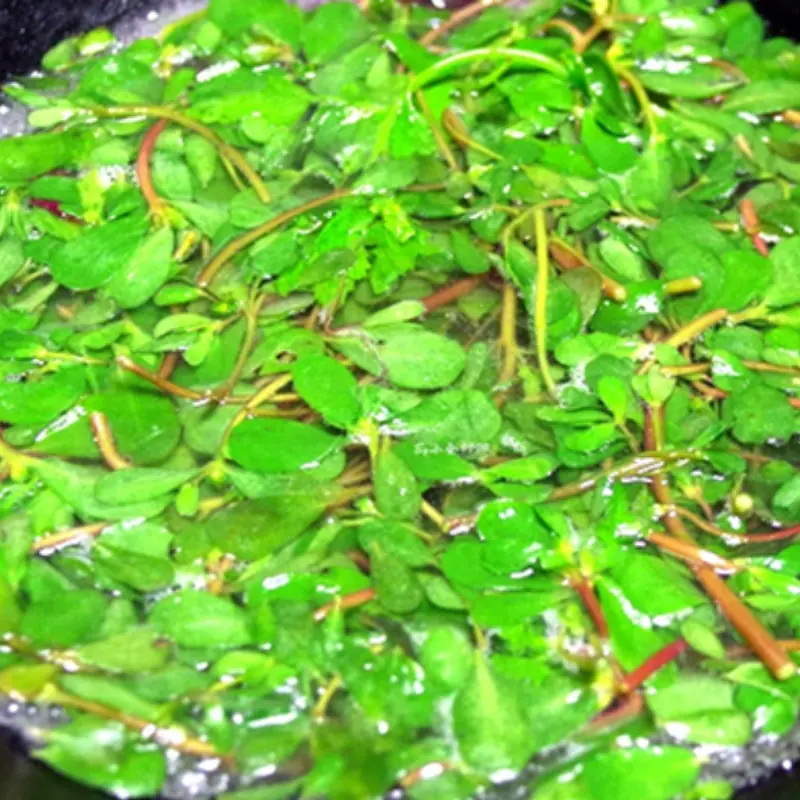
Tips to Choose Fresh Beef and Avoid Fake, Frozen, or Water-Injected Meat: Pick the Right Cut for Each Cooking Method
Tips to Choose Fresh Beef and Avoid Fake, Frozen, or Water-Injected Meat: Pick the Right Cut for Each Cooking Method
Beef is a highly nutritious food, but it's also one of the easiest to counterfeit or mix with low-quality meat. Use the following tips to help you select truly fresh and safe beef.
Beef is rich in protein, iron, zinc, and vitamin B12, making it a valuable and healthy food. Unfortunately, dishonest sellers may mix in lower-quality meat—such as water-injected beef, long-frozen meat, or chemically treated fake beef made from pork or buffalo—causing consumers to waste money and risk their health. So how can you choose safe, fresh beef?
1. How to Identify Fresh Beef by Appearance
Color: Fresh beef is usually bright red, slightly dark but not overly deep. When sliced, the surface should be dry, with no oozing liquid. If the meat looks pale or unusually dark red, it may be old or chemically treated.
Grain and fat: Quality beef has fine, even meat fibers and visible marbling. The fat should be light yellow or ivory white, with no strange odor. If the fat is unusually white, crumbly, or breaks apart easily, it may be from long-frozen meat or cattle raised with growth enhancers.
2. How to Spot Water-Injected Beef
One common trick is injecting water into beef to increase its weight. This is not only a form of commercial fraud but also affects meat quality and food safety.
Signs of water-injected beef:
-
The meat looks unusually plump, with a shiny, glossy surface.
-
When pressed, it feels soft and spongy, and may release water.
-
Has an odd or fishy smell.
-
When cooked, it releases a lot of water, tastes bland, and becomes chewy.
Simple test: Press your fingertip into the meat. If water seeps out and the indentation doesn’t bounce back, it's likely water-injected.
3. Avoid Long-Frozen Beef
Frozen beef isn’t bad if stored properly. However, many products on the market are frozen for too long or thawed and refrozen multiple times, which reduces nutritional value and increases the risk of bacterial contamination. Some vendors even pass off thawed beef as fresh.
Signs of poor-quality frozen beef:
-
Grayish-brown or greenish color.
-
Thick layer of frost or fine ice crystals inside (indicates long freezing time).
-
Poor elasticity.
-
Slight foul or fishy smell.
-
Doesn’t stick to the knife when sliced, and leaks water—signs of previously frozen meat.
-
Lacks aroma when cooked, becomes crumbly, and loses its natural sweetness.
Note: If you're buying frozen beef intentionally, choose products from reputable stores with clear labeling, origin, production, and expiration dates.
4. How to Avoid Chemically Treated Fake Beef
Some sellers use food coloring, bleaching agents, or preservatives to keep the meat looking fresh and appealing.
Signs to watch for:
-
Unnaturally bright red color: If the meat is vivid red, almost blood-like, or unevenly colored, it may have been dyed with industrial coloring.
-
Sharp or chemical smell: Fresh beef has a light, natural scent. If it smells like bleach or has a chemical odor, avoid it.
-
Sticky, wet surface: This suggests chemical treatment or poor storage.
-
Strange color change during cooking: If the meat turns dark, shrinks oddly, or gives off a foul odor when cooked, it’s a major red flag.
5. Choose the Right Beef Cut for the Right Dish
Not all parts of the cow are the same. Depending on your dish, choose the appropriate cut to enhance flavor and texture.
-
Grilling or pan-searing: Tenderloin (fillet)
-
Stir-frying: Beef shank, round, or shoulder
-
Stewing or braising: Tendons, oxtail, brisket
-
Hot pot: Beef belly (short plate), flank steak
Tip: For stir-frying, choose cuts with a little fat marbling to keep the meat tender and juicy.
Other Important Tips for Choosing Quality Beef
-
Avoid meat with an odd smell, slimy texture, or bruising—these are signs of spoilage or improper storage.
-
Don’t choose meat that’s too soft (could be water-injected) or too hard (likely long-frozen).
-
Check expiration date and storage conditions for packaged beef.
-
Observe the seller while cutting: fresh meat will stick slightly to the knife—this is a good sign.
-
If meat is displayed hanging, choose the pieces that are hung high—these are less likely to have been water-injected and tend to be drier and fresher.
Choosing the right cut of fresh, clean beef not only enhances your cooking but also ensures the health and safety of your family.
News in the same category


These 3 Meats Can Harbor Parasites if Not Cleaned Thoroughly

If the engine fails, will the plane fall straight down?

3 Types of Fruit Full of Parasites — Be Careful or You Might Get Sick

Why do Japanese people prefer sleeping on the floor?
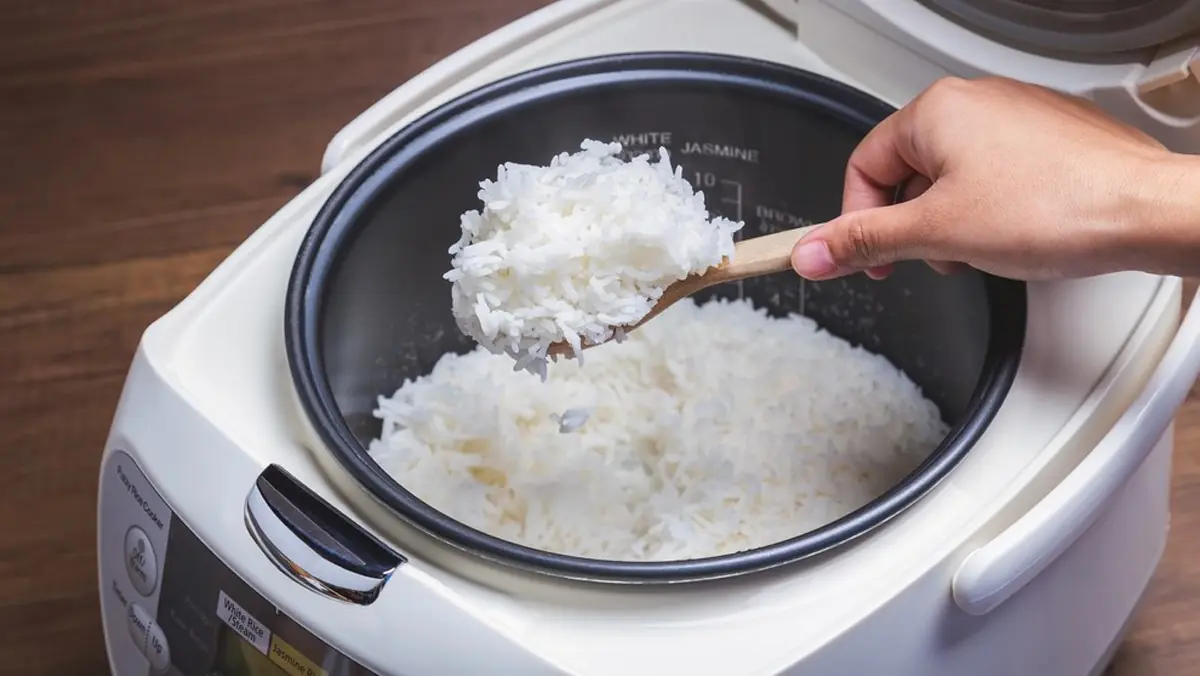
Should you reheat cold rice?

Don’t Eat Sunflower Seeds Until You Know These 11 Facts

3 Highly Nutritious Parts of a Pig: Don’t Hesitate to Buy Them When You See Them at the Market

This 'Humble' Vegetable Contains 36 Times More Calcium Than Bone Broth
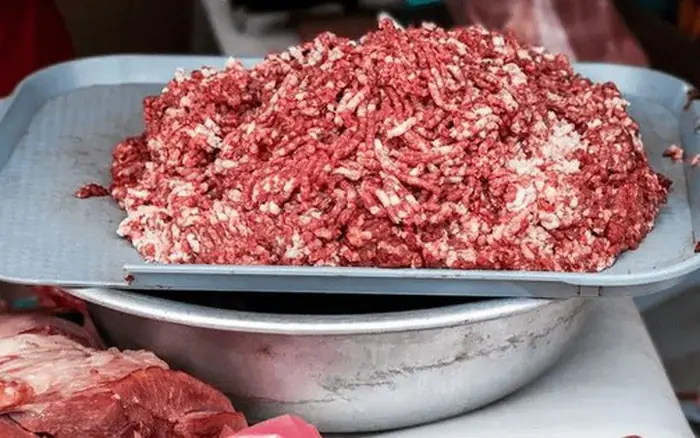
When you go to the market and see these 4 items, you must consider carefully before spending money to buy them and bring them home

What happens if you hold in your fart?

Have you ever wondered why when you wake up, mysterious bruises appear on your body?

Are These Mutant Eggs Safe to Eat? The Truth About Double Yolks and Rainbow Shells

Eating These 5 Foods for Breakfast Is Like Shortening Your Lifespan — But Many People Still Love Them

5 Foods That Stay Edible for a Whole Month at Room Temperature — But Spoil Quickly in the Fridge!

Putting plastic bags in the refrigerator causes can.cer? After hearing the truth, many people immediately ran to do 1 thing

The Peels of These 3 Fruits Are Actually 'Pesticide-Free Vegetables': Cook 3 Delicious Dishes That Also Beautify Your Skin and Aid in Weight Loss

One Person Boils Water, the Whole Family Gets Cancer

5 Foods That Seem Edible but Are Actually Harmful — Tell Your Parents to Throw Them Out
News Post

Drinking coffee at the wrong time can ha.rm your heart

Tips to save money with toilet paper rolls

Two Types of Vegetables That Are Unlikely to "Absorb" Pesticides — The Top One Is Surprisingly Unknown to Many

Grow Plump, Flavorful Eggplants with These Smart Growing Tips

These 3 Meats Can Harbor Parasites if Not Cleaned Thoroughly

A Little Cloud

Boil potatoes without water: This way the potatoes will be soft, fragrant, and not bland.

If the engine fails, will the plane fall straight down?
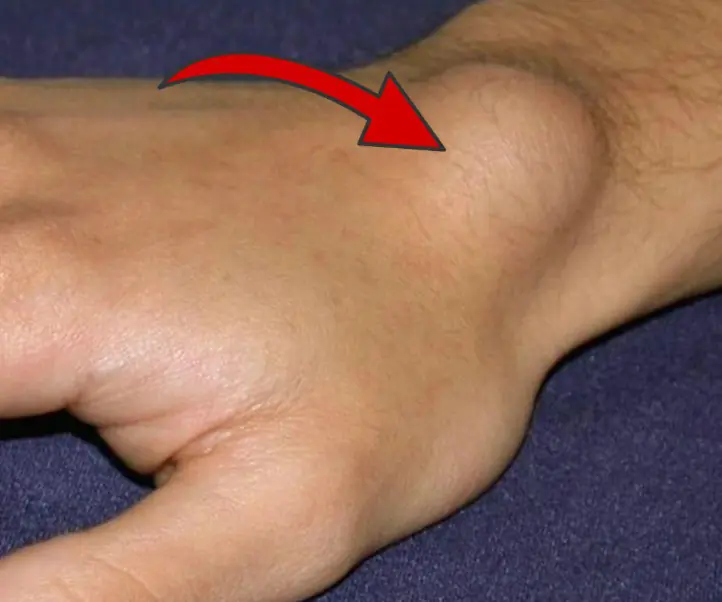
6 wa.rning signs your bo.dy might be “nurturing” can.cer

How to clean sink drain easily

5 effective liver de.tox drinks to have before bed

Experts Warn of Rising Bird Flu Th.r.eat: Could Avian Influenza Become the Next Pa.nd.emic?

Whistling Dick's Christmas Stocking

3 Fruits That May Harbor Parasites – Eat with Caution to Avoid Illness
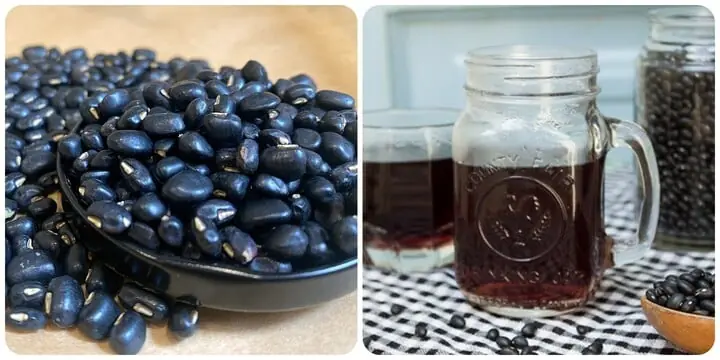
5 amazing health benefits of black bean water

4-year-old boy suffers from diabetes, mother bursts into tears after doctor says: "It's all in the family"

Waking up in the morning and seeing this symptom, be careful your kidneys are starting to fail

People with liver failure often have 3 characteristics on their hands, if you have 1 you should see a doctor soon

Man with heavy metal poisoning, kidney failure: The "culprit" is something unexpected
